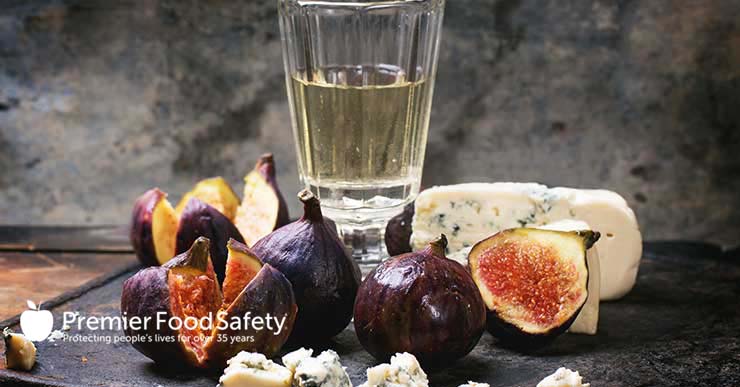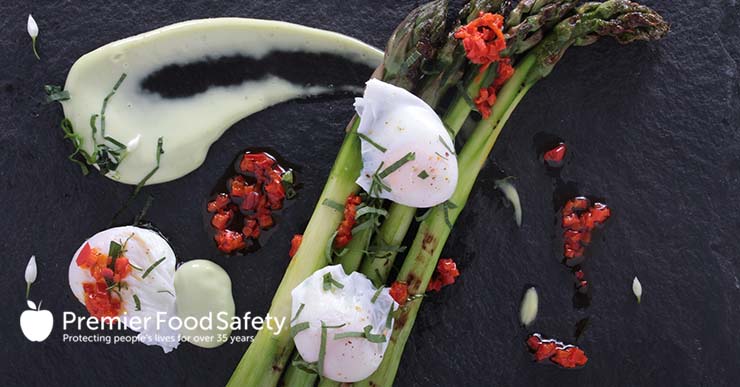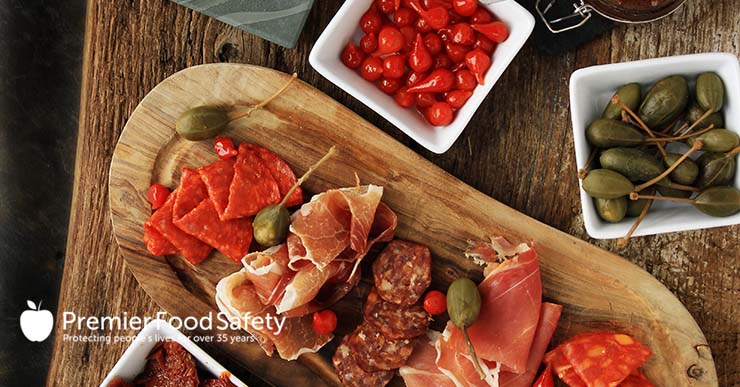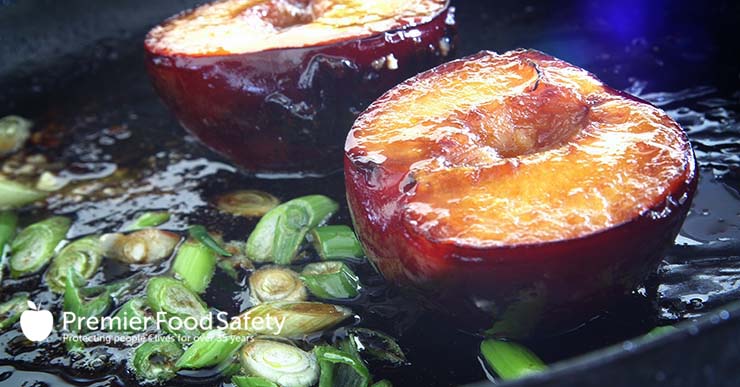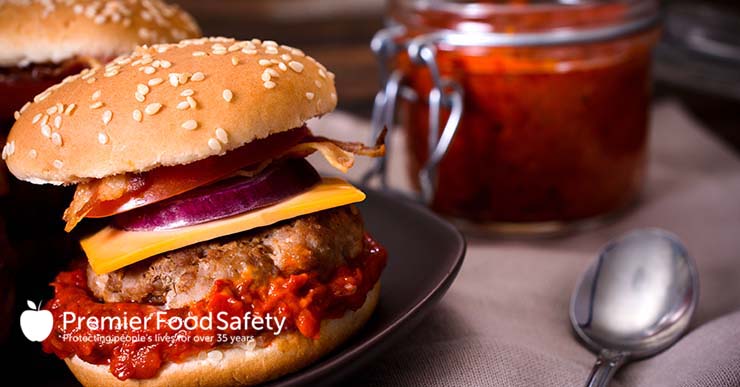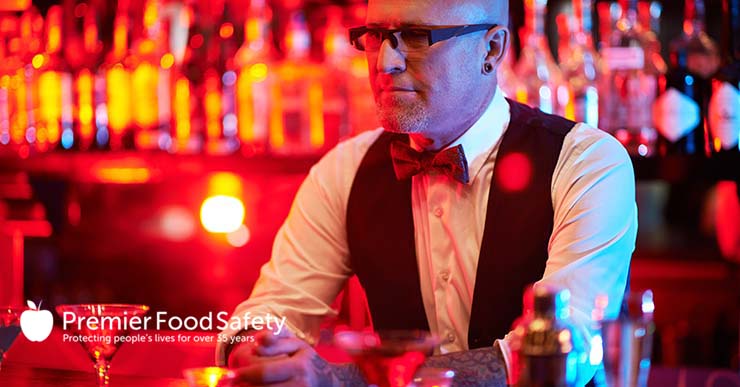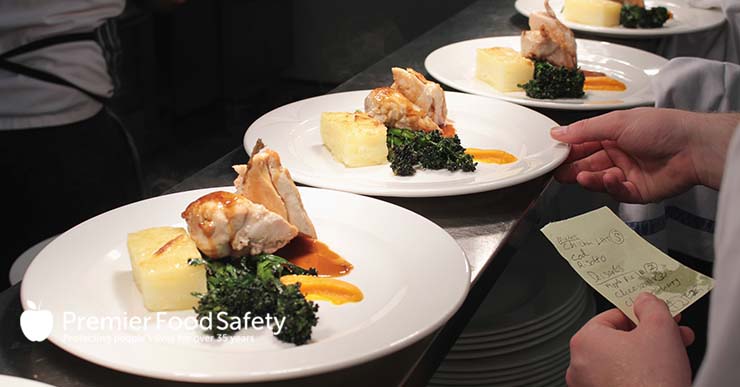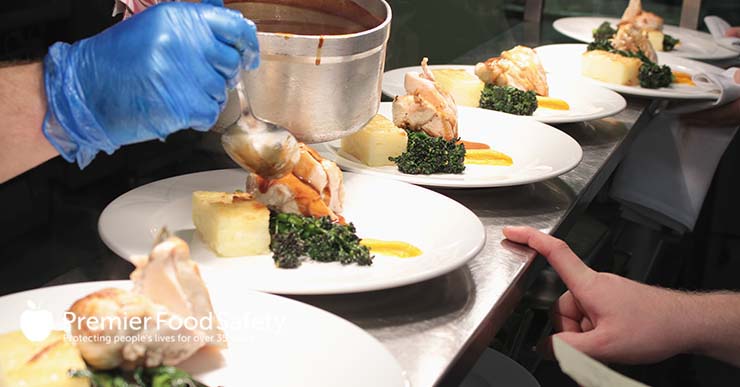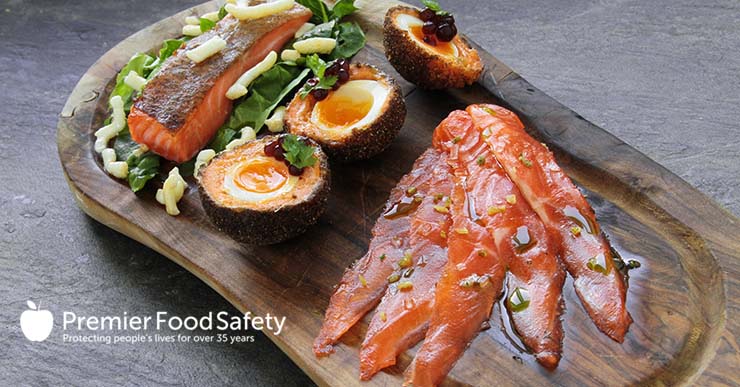Monthly Archives: June 2017
Published June 28, 2017
Future of Food: Local will get more local
Dan Orlando’s article, “Future of Food: Local will get more local” describes the growing trend of buying and eating locally produced foodstuffs. In contrast to many modern economies, it seems the local food economy is going in the opposite direction of globalization. Dan discusses in particular urban farming, where practices such as community gardens, hydroponics, […]
Read More: https://premierfoodsafety.com/blog/future-of-food-local-will-get-more-local/
Published
Faltering restaurants shed secondary concepts
In the food service industry, many companies are beginning to try to reduce the amount of secondary restaurants that the company runs and owns. Companies like Buffalo Wild Wings have even sold their small line of pizza chains recently. The reason behind companies selling off their side businesses is to get back to the core […]
Read More: https://premierfoodsafety.com/blog/faltering-restaurants-shed-secondary-concepts/
Published June 27, 2017
Why the Biggest Brands Are All In On Digital Ordering
We live in a society of grab and go with everything, we don’t like to wait and patience is no longer a virtue that most have. Businesses are catering to that by allowing customers to order directly from their phones or by voice commands. That being said, it will make grabbing food or your favorite […]
Read More: https://premierfoodsafety.com/blog/why-the-biggest-brands-are-all-in-on-digital-ordering-2/
Published
NRA Show Report: Operators at Crossroads of Reinvention
Restaurant owner Paul Miller has found that while fine wines and tasty ethnic dishes both have their appeal for consumers, more and more customers these days want innovation and versatility. In 2016 Miller closed his restaurant, named Paul’s Kitchen which provided fine dining and ethnic dishes from places as remote as India and Germany. Although […]
Read More: https://premierfoodsafety.com/blog/nra-show-report-operators-at-crossroads-of-reinvention/
Published
Why Millennials Are Hooked on Chain Restaurants
Millennials appear to prefer chain restaurants over more traditional eateries. They enjoy the availability and readiness of what they want to order as well as the congruity in the establishments. Chain restaurants also work to engage this generation on social media and market to them. Also many chain establishments support good causes in the community […]
Read More: https://premierfoodsafety.com/blog/why-millennials-are-hooked-on-chain-restaurants/
Published
How Chance Encounters Created an Exciting Sandwich Franchise
Growing up in the restaurant industry, Yoav and David Adir were ecstatic to be approached by a television executive just three months after starting their own business. Their restaurant, The Carving Board, was featured on the Travel Channel’s “Sandwich Paradise” and their popularity within the Los Angeles area has only blossomed since then. Another television […]
Read More: https://premierfoodsafety.com/blog/how-chance-encounters-created-an-exciting-sandwich-franchise/
Published June 26, 2017
Make guests feel like VIPs with wine lockers
If you are a business entrepreneur who wines and dines a lot, you might consider getting a wine locker at a participating restaurant. Actually anyone who loves to have wine during dinner out can have their selected wines on display in their wine locker, replete with an appealing display case and a fancy plaque that […]
Read More: https://premierfoodsafety.com/blog/make-guests-feel-like-vips-with-wine-lockers/
Published
From the editor: Redefining casual
It seems nowadays the definition of casual-dining become to blur and thus making the food chains difficult in today’s market. Charles Bililies, founder and CEO of a restaurant, says that a casual dining place is a place where you’ll take your date to, she also offers some advice, such as having the right delivery partners, […]
Read More: https://premierfoodsafety.com/blog/from-the-editor-redefining-casual/
Published
Nine don’ts of social media for restaurants
There are many bad things a restaurant can do on social media to ruin their market, here is a list of nine common mistakes. Do not spam the timelines of customers with compliments that the company receives, share but do not over share. Do not make your sales pitch sound like a sell, hint at […]
Read More: https://premierfoodsafety.com/blog/nine-donts-of-social-media-for-restaurants/
Published
5 reasons independent restaurants are winning
Recent changes in the restaurant consumer market have prompted a spur in growth of revenues for independent restaurants. The millennial market, for example, favors local and small-scale businesses. Other influences like lifestyle entertainment such as television shows highlighting unique eating experiences are also prompting the shift away from chain restaurants. Social media is also a […]
Read More: https://premierfoodsafety.com/blog/5-reasons-independent-restaurants-are-winning/
ARCHIVES
- Commentary
- Want to Optimize Your Menuboards? Try Analytics
- One Coffee Shop’s Mission-Focused Approach to Marketing
- Why the Future of Sandwiches is Global
- Create a Stunning Look with Custom and Themed Table Tops
- Is Alcohol Worth the Price for Fast Casuals?
- Food Handler
- How to Compliment Guests
- Tips for balancing your job and your relationship
- More annoying customers that drive you crazy
- The tip of a lifetime
- Customers are annoying
- Food Manager
- Online ordering – the future is now!
- Improve assistant manager skills to boost business
- How to Manage and Control Food Costs
- Sustainable food is good for business (and the environment!)
- What’s the Deal with Baby Boomers?
- News
- Jimmy John Liautaud to Receive Horatio Alger Award
- Loyalogy Announces New 2018 Rewards Program Research Study with Customized Options for Restaurant Companies
- Pita Pit’s CEO Talks Fresh Menu, Future Changes
- Leaders Establish Foodservice Consulting Firm
- CoreLife Eatery Announces New Franchising Opportunities
- Quiz
- Trending
